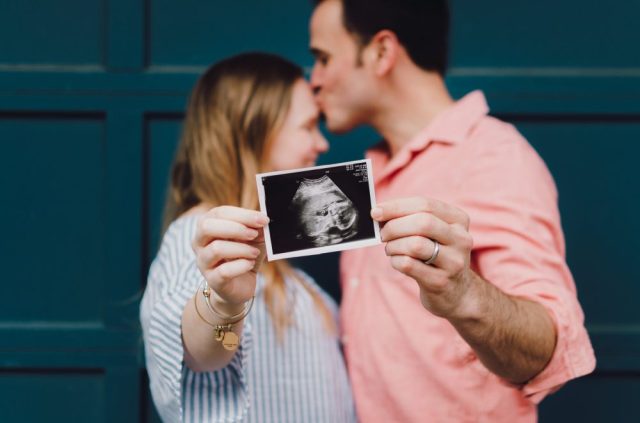Research, from the University of North Carolina School of Medicine, may have found the biological beginnings of autism spectrum disorder—and it’s all in the genes.
The study, which was published in the journal Neuron, looks at brain development and how it connects to ASD. Specifically, the researchers studied how genes influence the creation and growth of cells in the brain’s cerebral cortex.
The neuroscience of #autism: New clues for how condition begins @neurocellpress https://t.co/PPBnuroNv2
— Medical Xpress (@medical_xpress) July 2, 2019
So what exactly did the researchers find? In not-so-sciencey terms, they found a connection between how genes influence the organizational structure of cerebral cortex building blocks and the possible development of ASD—at least in the mice they studied. Even though cerebral cortex development isn’t fully understood, cells known as radial glial cells help to create a scaffold in the cortex in utero. The scaffold provides an orderly structure for neural cells to grow.
The researchers found that disruption of the scaffolding process (through a deleted gene in the study’s mice) resulted in disorganization. It’s thought that this disorganization, caused by mutations in a gene known as Memo 1, may influence the development of autism.
Senior study author, professor of cell biology and physiology at the UNC School of Medicine and member of the UNC Neuroscience Center and UNC Autism Research Center, Eva S. Anton, PhD, said in a press release, “This finding suggests that ASD can be caused by disruptions occurring very early on, when the cerebral cortex is just beginning to construct itself.”
Not only did the mice in the study (with a deleted Memo 1 gene) show lack of exploratory activity similar to humans with autism, but previous research found patches of a similar type of neural disorganization in children with ASD.
Of the implications this study has for treatment Anton said, “For disorders of brain development such as ASD, it is important to understand the origins of the problem even if we are still far away from being able to correct developmental disruptions occurring in utero.” Anton also added, “We need this foundational knowledge if we are to truly get to the root causes of these conditions and eventually develop better diagnostic or therapeutic strategies.”
—Erica Loop
Featured photo: Kelly Sikkema via Unsplash
RELATED STORIES
Could a Blood Test Diagnose Autism Earlier in Kids? New Research Is Encouraging
These Teens Gave A 5-Year-Old Boy With Autism the Best Birthday Gift Ever
Here’s How Robots—Yes, Robots—Can Help Children with Autism
